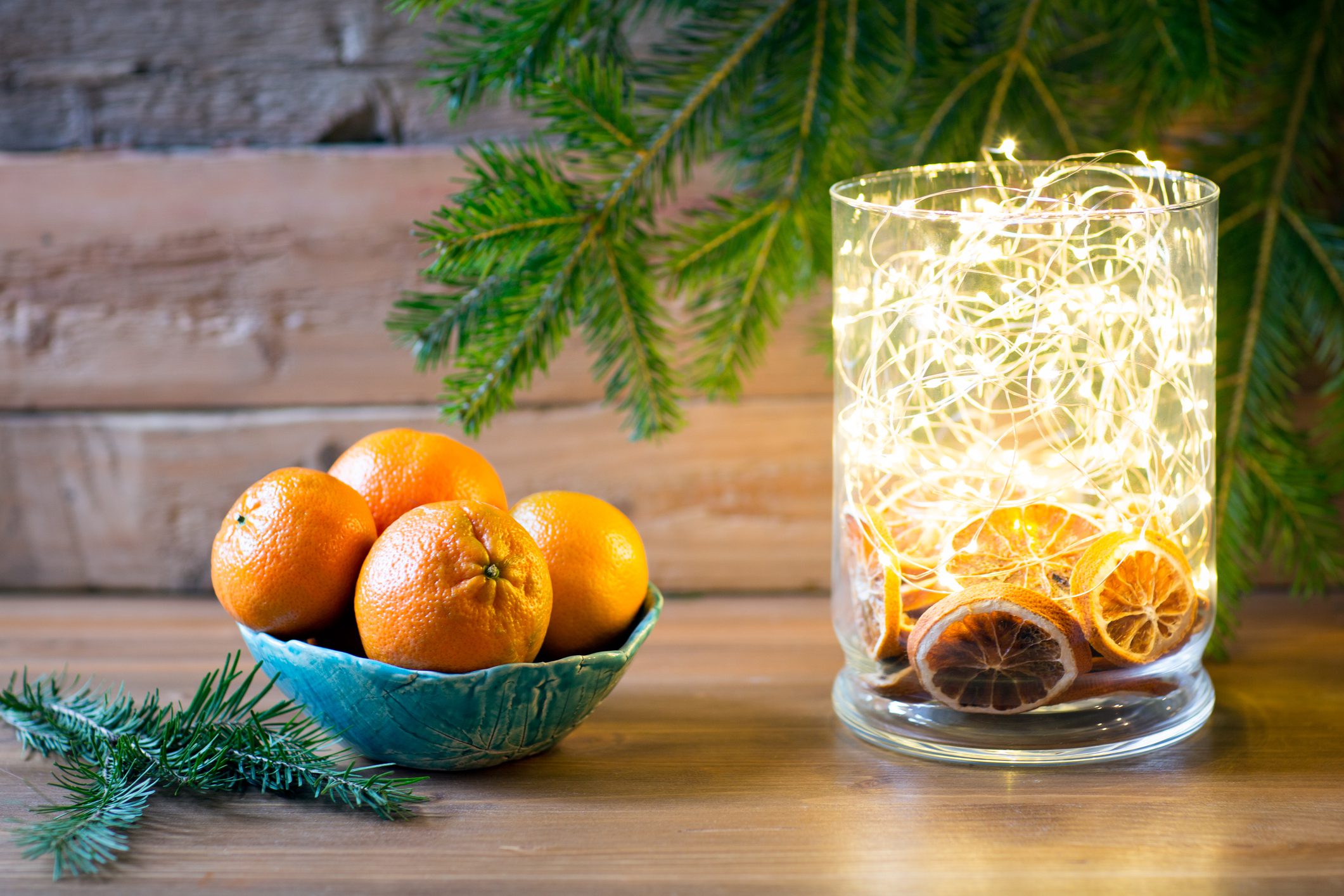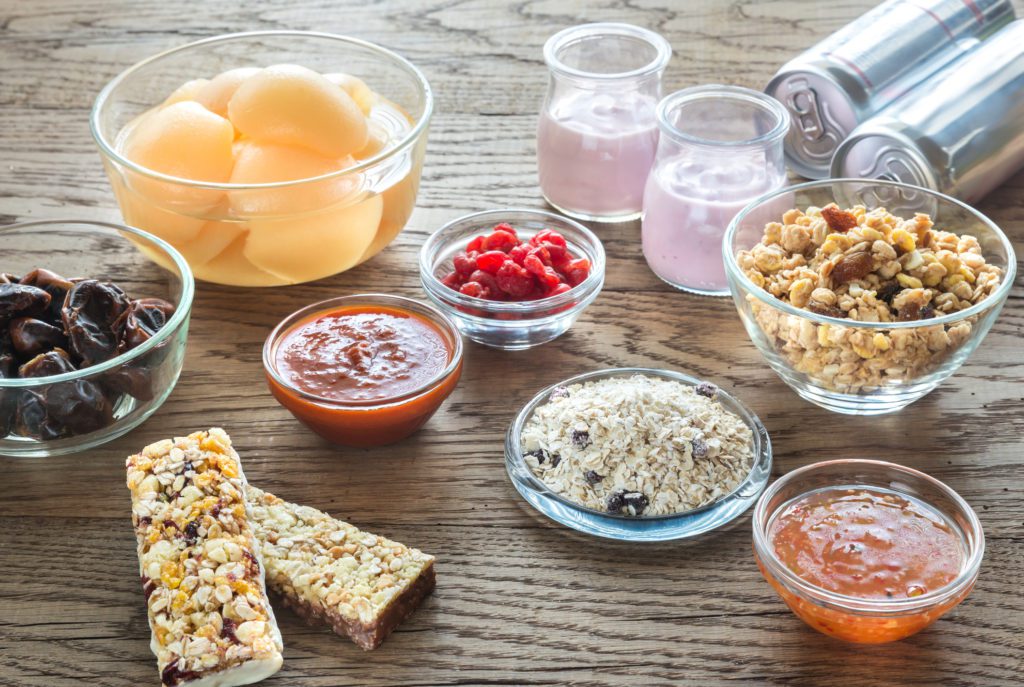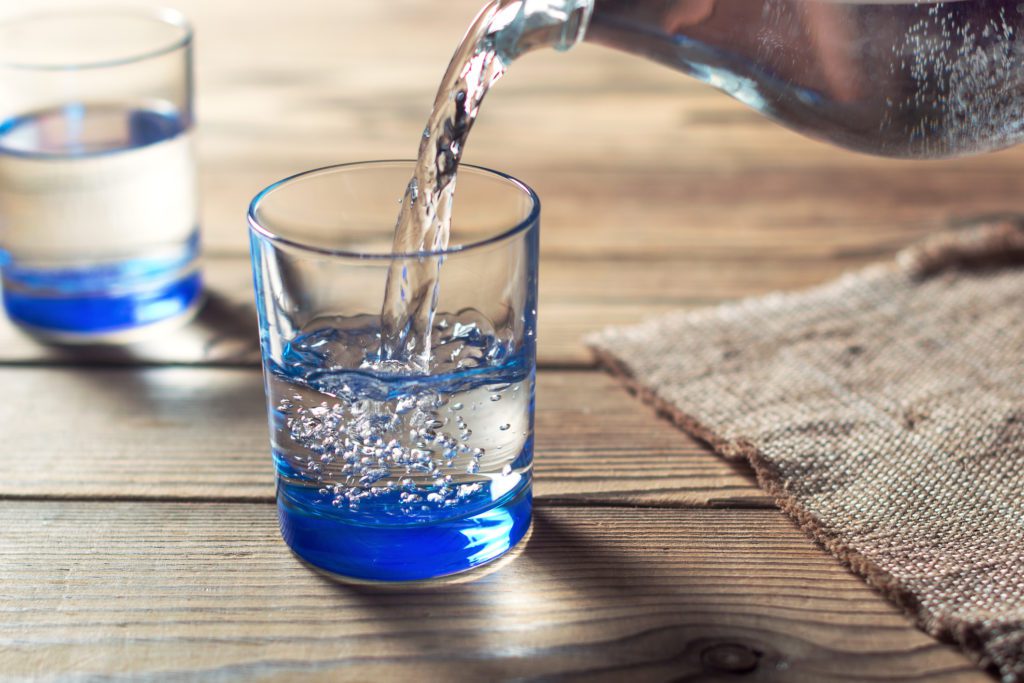4 strategies for staying summer lean all winter
Here’s four ways to revamp some of your nutrition habits to avoid packing on the winter insulation

by Matthew Kadey
When the cooler temperatures come, many cyclists reduce their training as they head into their off-season. This time of less on-bike activity may be strategic as a means to refresh and recover or, for the less hearty, weather dictated. A shift in eating style, however, must be made during this transition to lower training volume in order to maintain a healthy weight and good health so you can emerge from the grips of Jack Frost ready to nail those Strava segments. Here’s four ways to revamp some of your nutrition habits to avoid packing on the winter insulation.
1. Follow the 90/10 Rule
With less sunshine and fewer hours for riding, many people can turn to comfort foods for solstice. But partake in pizza or chocolate cake too often and you’ll likely end up with a few extra pounds to ride off in spring. Most cyclists can get away with more treats when in the throes of a busy riding season. But you need not eat like a saint during the off season to stay lean and healthy. Try following the 90-10 rule: you eat clean 90 per cent of the time during any given week, but allow yourself guilty pleasures for the other 10 per cent. “You want to be as consistent as you can with your diet to avoid too many fluctuations in body composition, but this type of flexible eating can be more enjoyable and makes it more likely you’ll stick with a healthy diet in the long run,” says Erdman.
Healthy habit
Make your cheat foods less hazardous to your waistline by giving into cravings on the days that you’ve partaken in vigorous workouts. Do so, and it’s less likely the calories will end up on your midriff.
2. Snack smart
More downtime can also mean more snacking. “With less of an endorphin fix from outdoor training and races, some people may seek out food for the high they normally get from exercise,” says Erdman. “A sense of boredom can also lead people to snack needlessly.” If you’re not careful, a nibble here and a nibble there can add up to calorie gluttony. Even if your meals are proportional to your training volume, it won’t do you much good if you’re snacking on too many processed foods. A good rule of thumb is to limit yourself to just a couple snacks daily that make up no more than 20 per cent of total daily calories. Most of your off-season nourishment should hail from three square meals. “If you find yourself snacking out of habit or boredom, try to find other activities like taking a walk or embracing a hobby that can take your mind off of food,” Erdman suggests.
RELATED: Is caffeine slowing you down?
Health habit
For snacks that will assist you with your goal of emerging from the winter gloom in tip-top shape, choose items with a very short ingredient list. Prime examples are plain Greek yogurt (a great high-protein option), a handful of plain nuts, a hardboiled egg, prepared frozen edamame, some chopped vegetables with homemade hummus or a bowl of cottage cheese topped with berries.
3. Shelve the sweet stuff

During all-day pursuits, energy bars, gels and sports drinks can be help you keep up the pace. But they should not be a year-round habit. Less training volume also means less need for the extra calories they deliver. “You should only really consider using these sport nutrition products when involved in a workout lasting two or more hours,” advises Erdman. Less than that, she says you can likely get by with just water and perhaps a calorie-free electrolyte product such as Nuun. So swap that gel for a post-trainer banana.
RELATED: Leah Kirchmann’s banana oat pancakes
Healthy habit
Groove to the pantry shuffle. Hide the chews and their ilk in the back of the pantry and bring whole-food options, such as nuts, seeds and dried fruit to the forefront.
4. Drink up
Many cyclists are on the ball when it comes to maintaining proper hydration during the height of the summer. But when the mercury starts to plummet and outdoor sweaty workouts peter out, it can be easy to forget to sip fluid regularly. “The problem is that many people associate dehydration with heat and humidity but it can also occur when training during the cooler months,” says Erdman. Training indoors can also mean a high sweat rate. That’s a concern since dehydration can not only affect performance when toiling away on the trainer, but can also lead to the munchies – dehydration is easily mistaken for hunger. There is no one-size fits all recommendation for daily fluid intake, but a good rule of thumb is to aim to drink about half of your body weight in ounces each day. (If you weigh 140 lb., drink 70 oz.) To keep winter pudge at bay, make sure most of your liquids are low in sugar. Beyond water, don’t forget that tea, milk, coffee and even brothy soups can count toward your goal.
RELATED: 6 hacks for better eating in the off-season
Healthy habit
Consider a glass of aqua as your ultimate appetizer. A study in the journal Obesity found that adults who guzzled back 2 cups of water 30 minutes before their main meals lost more weight in a three-month period than those who did not preload with water before noshing. Drinking extra water expands your stomach so you feel satisfied on fewer calories.



